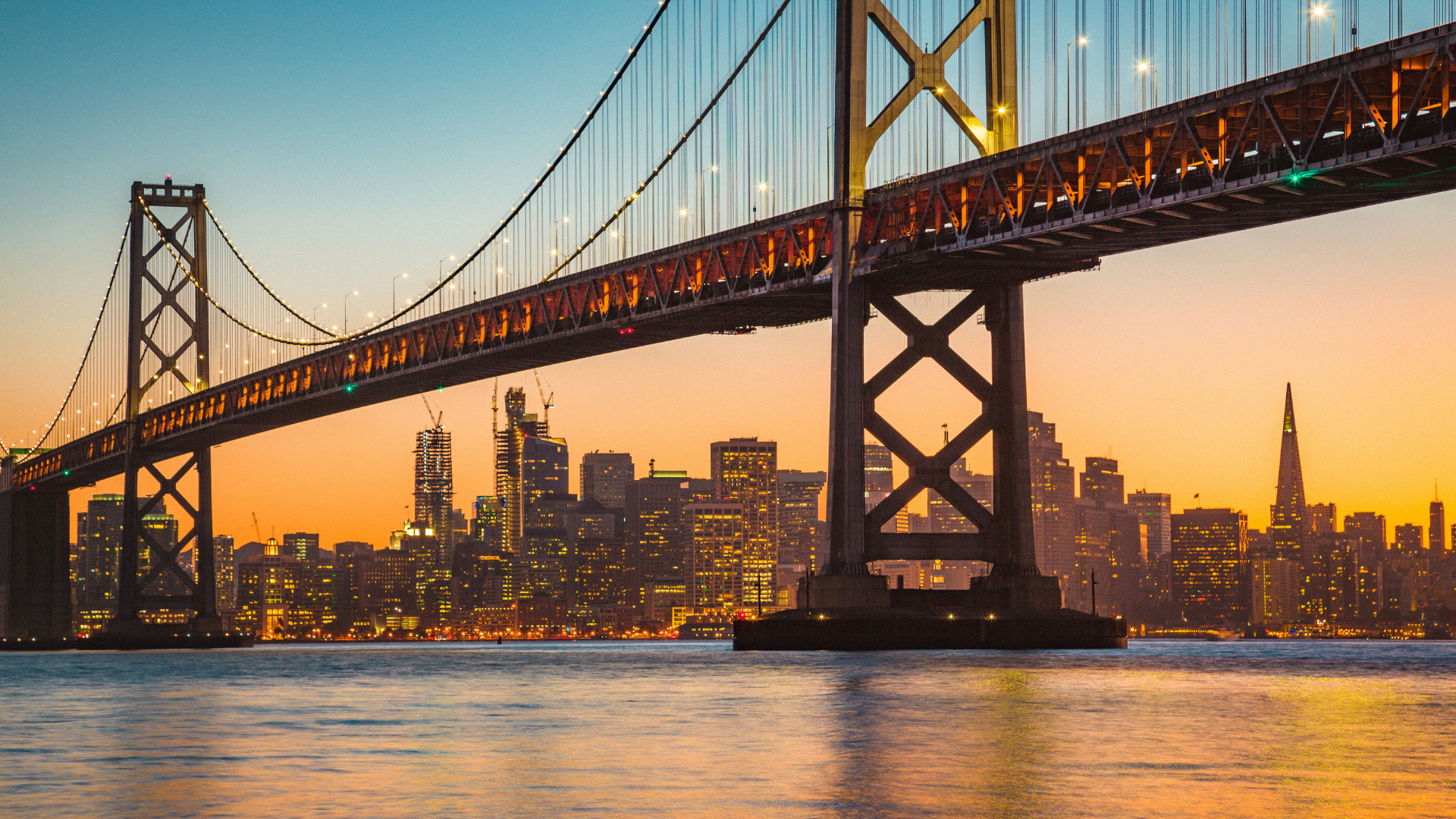San Francisco, renowned for its iconic Golden Gate Bridge and vibrant culture, has embarked on an ambitious journey to set a global benchmark. The city’s mission? To become the world’s first Zero Waste City. This aspiration, initiated in 2002, has seen San Francisco consistently push boundaries and set new standards in waste management.
Setting the Stage for a Zero Waste Future
In 2002, San Francisco set a bold target: to achieve 75% waste diversion by 2010 and ultimately reach a long-term goal of zero waste. Remarkably, the city surpassed its initial target two years ahead of schedule, recovering over 80% of its waste and slashing its disposal rates by half. This early success laid a solid foundation for the city’s ongoing zero-waste initiatives.
Legislative Initiatives and Codes for a Greener City
In 2003, San Francisco introduced its Environment Code, grounded in the Precautionary Principle, to guide its environmental policies and practices. The city further strengthened its commitment to waste reduction in 2006 with the Construction and Demolition Debris Recovery Ordinance, mandating the recovery of construction and demolition materials.
In 2009, the Mandatory Recycling and Composting Ordinance was enacted, requiring all San Francisco residents and businesses to separate recyclables, compostables, and trash. This legislation was a significant step towards ingraining sustainable practices in the daily lives of the city’s inhabitants.
Key Initiatives Driving San Francisco's Zero Waste Success
- Innovative Waste Collection: The city has implemented a citywide three-stream collection program for residential and commercial premises, ensuring separate bins for recyclables, compostables, and trash.
- Pioneering Urban Food Scraps Composting: San Francisco boasts the first and largest urban food scraps composting collection program in the U.S., serving a wide array of generators.
- Promoting Green Building Practices: All new constructions and major renovations in the city are required to comply with green building standards, ensuring energy efficiency and reduced water usage.
- Encouraging Curbside Composting: The city offers curbside composting to all residents, diverting over 100,000 tons of food scraps from landfills in 2022 alone.
By 2012, San Francisco had successfully recycled, composted, or reused 80% of its waste, achieving the highest rate of any U.S. city. Over two million tons of material have been transformed into compost, benefiting local orchards, vineyards, and farmers.
Looking Ahead: San Francisco's Continued Pursuit of Zero Waste
Despite not achieving its initial goal of zero waste by 2020, San Francisco remains steadfast in its pursuit of a sustainable future. The city’s renewed goals for 2030 reflect its commitment to reducing waste generation per capita by at least 15% and halving the amount of trash sent to landfills or incinerators.
Learn More About San Francisco's Zero Waste Initiatives
For additional information on San Francisco’s journey towards a zero-waste future, please visit the following official resources:
San Francisco’s journey to becoming the world’s first Zero Waste City is a testament to the city’s innovative spirit and commitment to environmental stewardship. Through legislative initiatives, community engagement, and a relentless pursuit of sustainable practices, San Francisco is paving the way for a cleaner, greener future. The city’s progress and ongoing efforts serve as an inspiring example for communities worldwide, demonstrating that a zero waste future is not only possible but within reach.
FAQ
What is San Francisco’s Zero Waste Goal?
San Francisco aims to become the world’s first Zero Waste City. The city’s goal is to minimize waste sent to landfills or incinerators, with an ambitious target of reducing solid waste generation by 15% and cutting disposal to landfill or incineration by 50% by 2030.
When did San Francisco start its Zero Waste Journey?
The journey began in 2002 when the city adopted a goal of 75% waste diversion by 2010, along with a long-term vision of achieving zero waste. The city surpassed its initial goal two years early, recovering over 80% of its waste and reducing its disposal rates by half.
What are some key initiatives San Francisco has implemented to achieve Zero Waste?
San Francisco has introduced several key initiatives, including a three-stream collection program for recyclables, compostables, and trash; the largest urban food scraps composting collection program in the U.S.; green building standards for new constructions and major renovations; and curbside composting for all residents.
How successful has San Francisco been in its Zero Waste initiatives
By 2012, San Francisco had managed to recycle, compost, or reuse 80% of its waste, the highest rate of any U.S. city. The city has also diverted over 100,000 tons of food scraps from landfills through its curbside composting program in 2022.
Where can I find more information about San Francisco’s Zero Waste initiatives?
You can visit the official websites of the San Francisco Department of the Environment, San Francisco Zero Waste, and the U.S. Environmental Protection Agency (EPA) for more detailed information and resources.
What can residents and businesses in San Francisco do to contribute to the Zero Waste goal?
Residents and businesses can actively participate in the city’s recycling and composting programs, ensure proper separation of recyclables, compostable, and trash, adopt green building practices, and support local initiatives aimed at waste reduction and sustainability. Every individual and business has a role to play in achieving the city’s Zero Waste vision.

